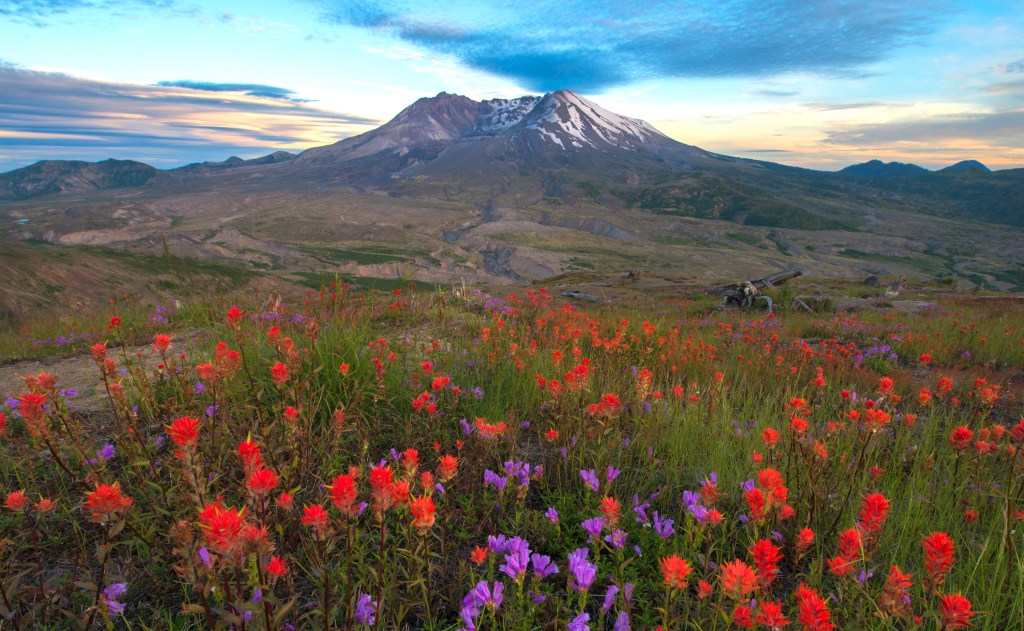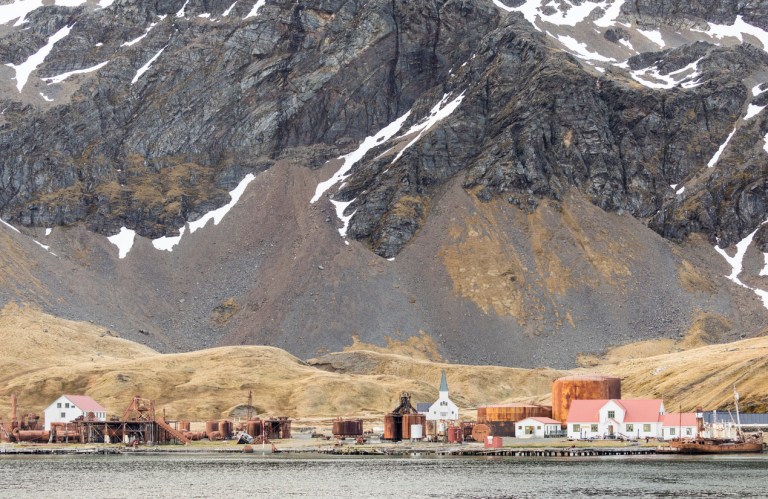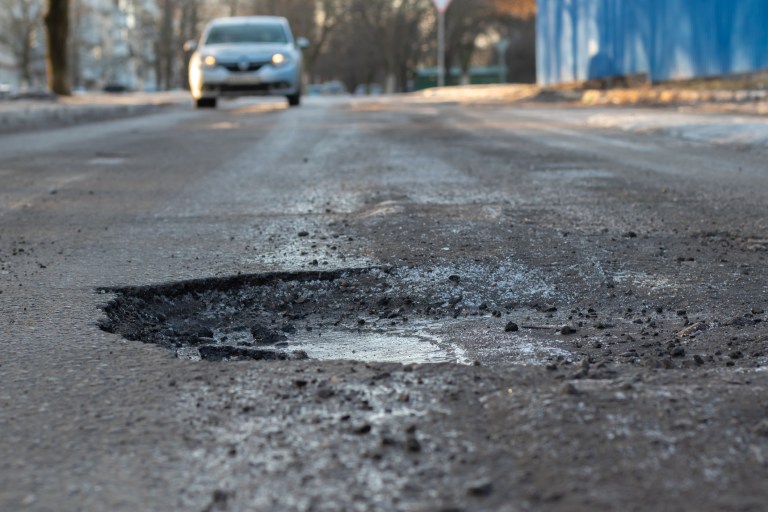Washington state’s Mount St. Helens is a popular tourist destination for outdoor enthusiasts — but it’s also an active volcano. When an earthquake caused it to erupt in 1980, the explosion of hot lava and ash destroyed much of the surrounding flora and fauna.
Two years after the event, the area remained largely barren. But scientists had been developing a theory about what might change that. They hypothesized that pocket gophers, which had been burrowed underground during the eruption and thus survived it, would help regenerate lost plant and animal life by digging up and transporting beneficial bacteria and fungi.

“They’re often considered pests, but we thought they would take old soil, move it to the surface, and that would be where recovery would occur,” Michael Allen, a microbiologist at the University of California, Riverside, explained in a recent news release from the institution.
He and his fellow researchers were right. In 1982, in an area that the lava had turned into porous slabs of pumice, a few scattered Douglas fir seeds had sprouted into seedlings, but were struggling to survive. As a test, Allen and his team placed a single pocket gopher from a nearby clear-cut in an enclosure around one of these seedlings for 24 hours.
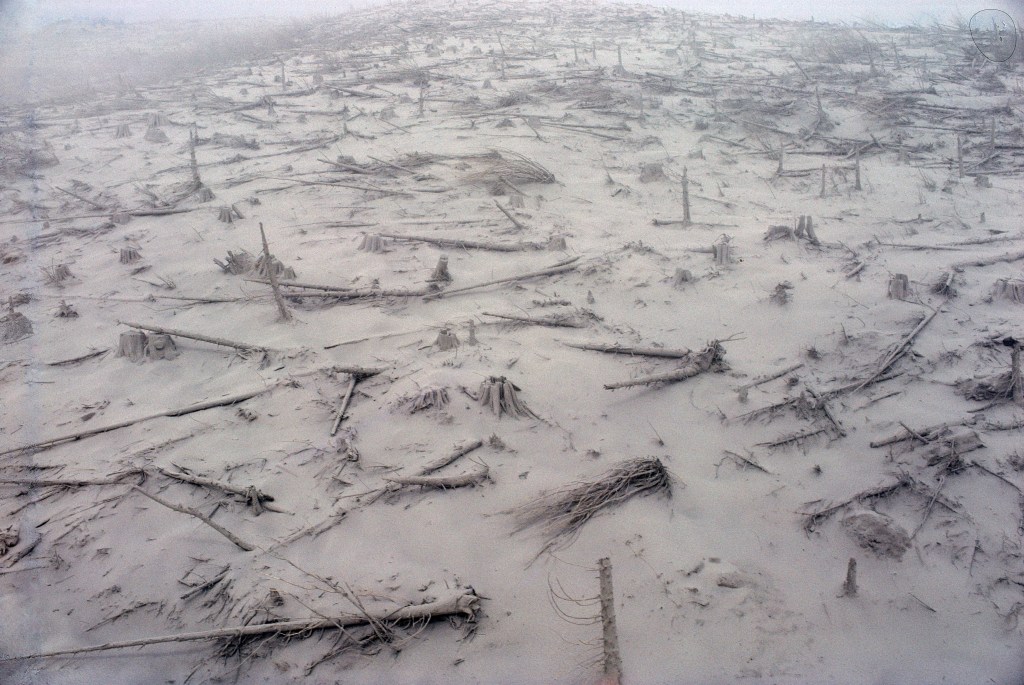
By 1987, they observed that soil was forming beneath the tree, and by 2015, a diverse array of plants were growing around the site and extending up the mountain. Other gophers had also migrated to live in the area. Researchers set up two more gopher enclosures in 1983, this time with a few of the animals, and according to the release, there were 40,000 trees thriving on the plots by 1989.
The lasting changes are detailed in a Nov. 3 paper published in the journal Frontiers in Microbiomes.
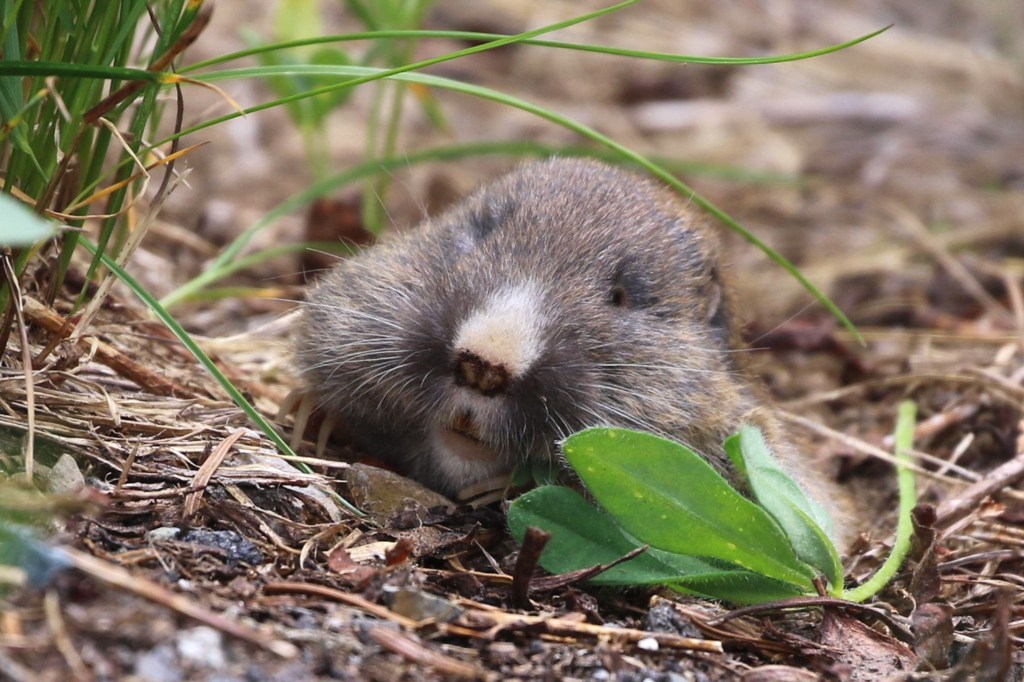
“In the 1980s, we were just testing the short-term reaction,” said Allen in the news release. “Who would have predicted you could toss a gopher in for a day and see a residual effect 40 years later?”
Gophers are considered ecosystem engineers, organisms that change and maintain their environments. They do this through manual relocation of soil and also through elimination (fecal matter). That waste and relocated soil contained, among other microbes, a key species for helping to bring back plant life: mycorrhizal fungi.

Per UCR, the fungi penetrate into plant root cells to exchange resources. In barren areas, they can help flora establish themselves and thrive by providing much-needed nutrients.
“With the exception of a few weeds, there is no way most plant roots are efficient enough to get all the nutrients and water they need by themselves,” Allen explained. “The fungi transport these things to the plant and get carbon they need for their own growth in exchange.”
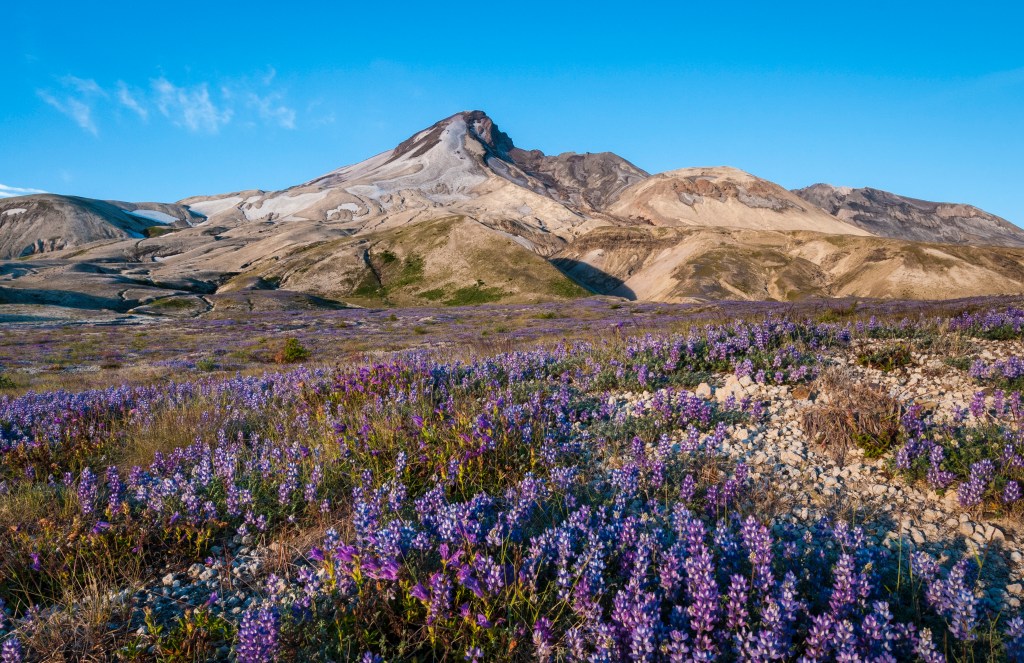
That’s exactly what happened here — and the effects are still apparent today.
“We cannot ignore the interdependence of all things in nature, especially the things we cannot see like microbes and fungi,” said lead study author and University of Connecticut mycologist Mia Maltz.
